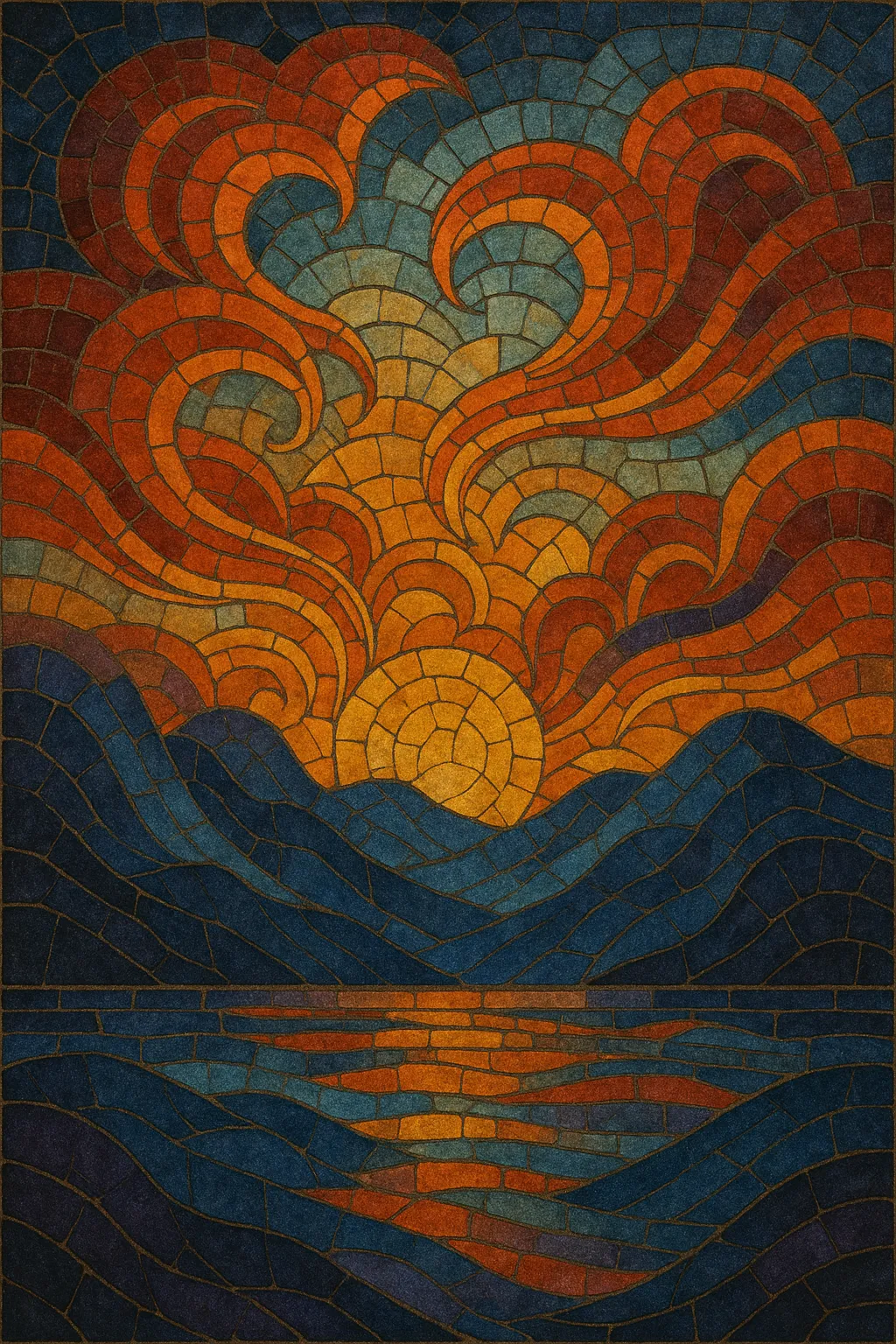
Melodic bass is an emotive, vocal-forward branch of bass music that blends the harmonic richness of future bass and melodic dubstep with the structure and hooks of modern pop. Its drops lean on lush supersaw chords, lyrical lead melodies, and warm, well-controlled sub-bass rather than abrasive sound design.
Producers prioritize cinematic builds, heartfelt toplines, and songwriting that pivots between intimacy and festival-scale catharsis. Typical arrangements move from verse and pre-chorus into a half-time, melody-driven drop, often featuring vocal chops, guitar layers, and soaring chord stacks. The overall effect is uplifting yet nostalgic, delivering both dance-floor energy and singer‑songwriter sentiment.
Melodic bass emerged in the United States during the early–mid 2010s as parts of the American dubstep scene pivoted away from aggressive, growl-heavy drops toward song-led, harmony-rich productions. The sound drew heavily from melodic dubstep and future bass, absorbing trance-like builds and pop songwriting structures. Early touchpoints included the rise of emotionally charged bass music on labels and channels such as Monstercat, Seeking Blue, and MrSuicideSheep, where lush supersaws, vocal chops, and half-time drums became a recognizable signature.
By the late 2010s the style cohered around artists crafting festival-ready yet intimate tracks—big choruses, powerful drops, and melancholy-tinged lyrics. Seven Lions’s Ophelia Records (founded in 2018) helped define the lane, as did the touring and releases of Illenium, SLANDER, Dabin, Trivecta, MitiS, and William Black. The sound crossed into mainstream dance-pop via collaborations with prominent vocalists and producers, while still retaining bass-centric low-end and half-time rhythms.
In the 2020s, melodic bass further integrated live guitars, drum pads, and band setups, making shows feel closer to rock or pop concerts while keeping the dramatic, cinematic arc of EDM sets. Labels such as Ophelia, Lowly, and Proximity sustained the ecosystem, and the scene’s visual identity—fantasy artwork, lyric-heavy storytelling, and cathartic stage production—reinforced its emotional brand.
The community places strong emphasis on themes of love, loss, resilience, and nostalgia, often expressed through powerful toplines and “sing-along” drops. The genre’s balance of songcraft and bass weight makes it equally at home on festival main stages and personal playlists.

